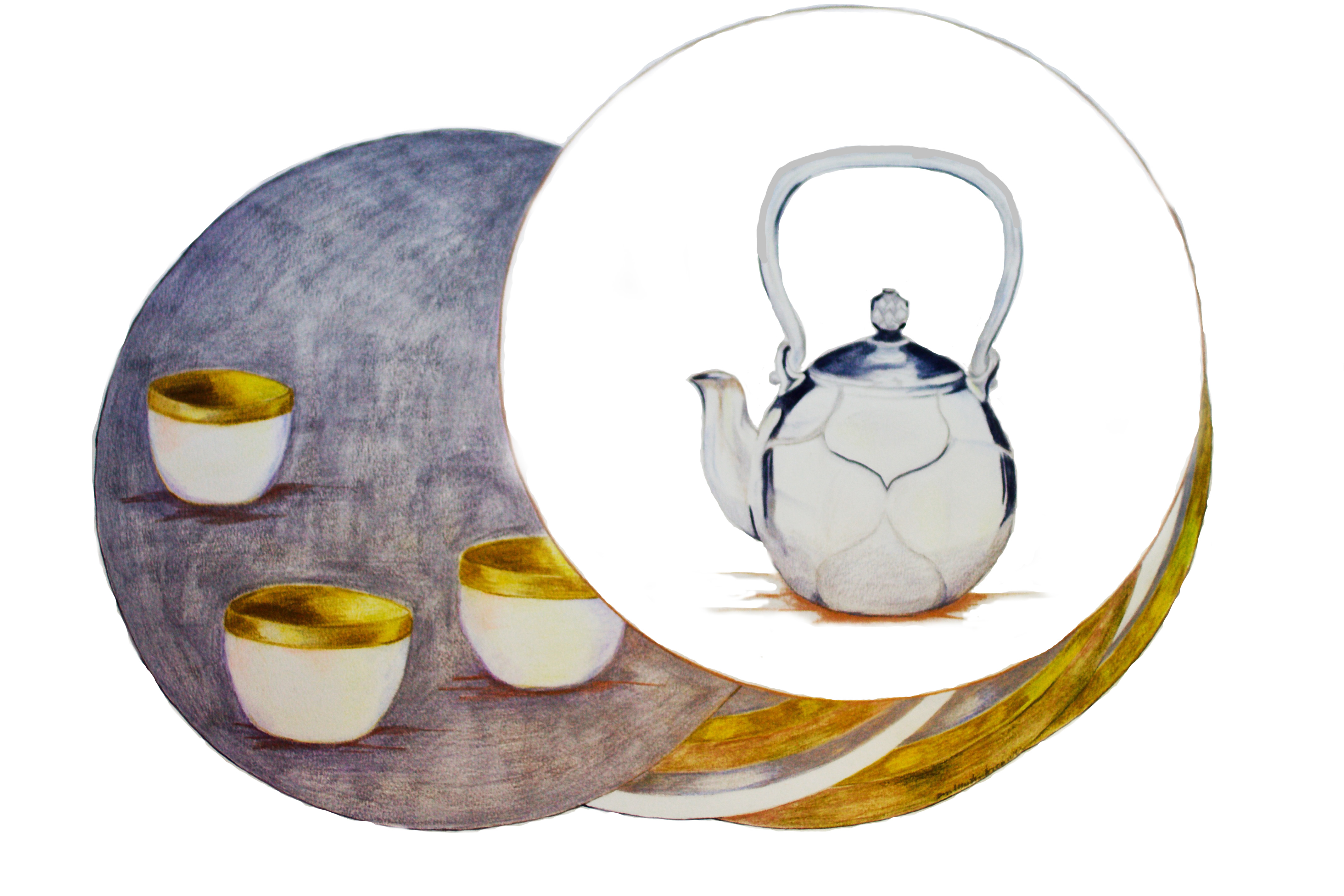With my daughter at York University, I look back fondly on my halcyon years of being a home-school teacher. I retired as a home-school teacher some years ago after which I expanded my portfolio (drawings & paintings). Starting a creative job caused some trepidation. Of course, there are many manuals for starting a business, however there is no playbook for expanding one’s portfolio; you -as an artist- have to write that playbook yourself. Along the way of growing my portfolio, I noticed how creativity is progressively framed by social and digital media.

These days there are many digital fora on which artists exhibit their work; social media platforms are helpful for setting up a business but probably equally limiting or even compromising creativity. How much of your creativity are you willing to sacrifice putting yourself out there? This question slowly emerged after the first elated feelings resulting from rekindling my creative life. (Not to say that being a home-school mother hasn’t been creative, it sure was). But once past the tickled pink phase of selecting platforms, I had to write an ‘About me’. Here presents the first creative limitation in which you are expected to function. What about it isn’t about me but about my art? What follows is a multitude of lay-outs in which you showcase your work, express yourself, communicate with your colleagues, and possible meet customers. Somebody has done the thinking for you; you only have to follow guidelines and lay-outs, often resulting in having friends and fun. But where is your creativity? Is it still there?

Surely, you can be creative and do a sterling job within these frameworks, but these are frameworks nonetheless. Creative minds squeeze themselves into configurations and the question thus is how much original creativity gets lost along the way? Also, where can an artist still be boundless creative? How would my art or your art look like had we lived during the High Renaissance (no digital representation)? Or at the time French Impressionists left their studios to paint the outdoors the way they saw it, not the way art galleries told them to paint for clients?
Aren’t we collectively making too many and profound concessions? Are we forsaking to teach the next generation to function outside digital media? Creatively thinking outside the box? Are we building character or are we the best boy in the social media classroom? Will the next generation yield a Raphael or a William Morris? How much room is there to develop one’s creativity when one compromises to existing arrangements? The onslaught of functioning within digital per-modeled lay-outs damages, standardizes, and limits our creativity. That is because no matter what, formats dictate our functioning despite I am often pleasantly surprised how much wiggle room artists find within rigid frameworks.

Allow yourself to be creative outside your studio, outside your website, outside social media platforms. Once trapped into these Faustian patterns (selling your creative soul for exposing your artwork) search for maximal freedom. A website is better than a blog because a website allows you more design tools. A blog is better than an Instagram account (self explanatory). A physical sketchbook is better than a digital pad. Use creative tags instead of existing ones, despite that might give you less exposure. Although creative minds can work with a minimum of tools, always run a mental check whether you actually want to give in to per-existing formats. I applaud the generation that shrugs off social media and finds new and original ways to grow their businesses.
Paula Kuitenbrouwer, Drs. M.A.
Website at mindfuldrawing.com
Art shop at Etsy & Portfolio at Instagram
How are the killers and midwives of your art? Read more here.
May I kindly ask, have you appreciated this essay? My website by now tallies 180,000+ visits, with visitors reading an average of 2-3 pages. It is my wish to make my website more self-supportive. Please, feel invited to support and to return to my website that has fine art, spirituality, and nature appreciation at its heart.

Mandarin Duck Art Cards (2)
Two double folded art cards, professionally printed, showing a mandarin duck couple standing on one leg -closely together- to confirm their life long bond. Comes with two matching envelopes. Free Shipping.
€18.00

A ciup of coffee for the artist
Thank you very much!
€3.00
- The Artist’s Life
- Swedish Death Cleaning or Döstädning & Dementia
- Swedish Death Cleaning Part 3.
- Swedish Death Cleaning Part 2.
- Self Portrait


















